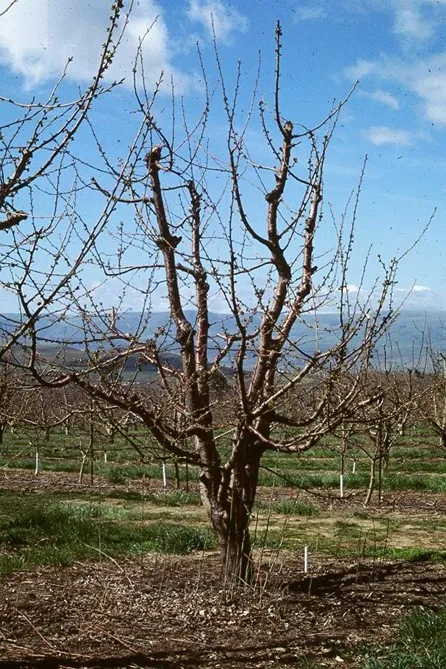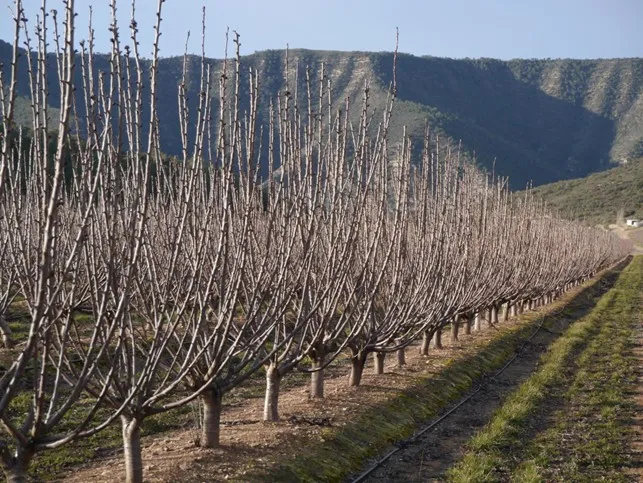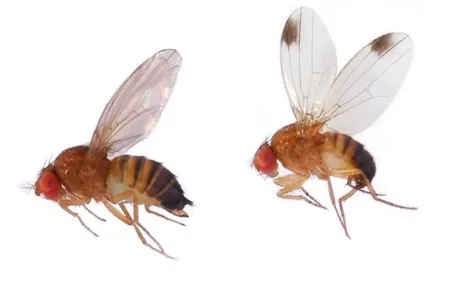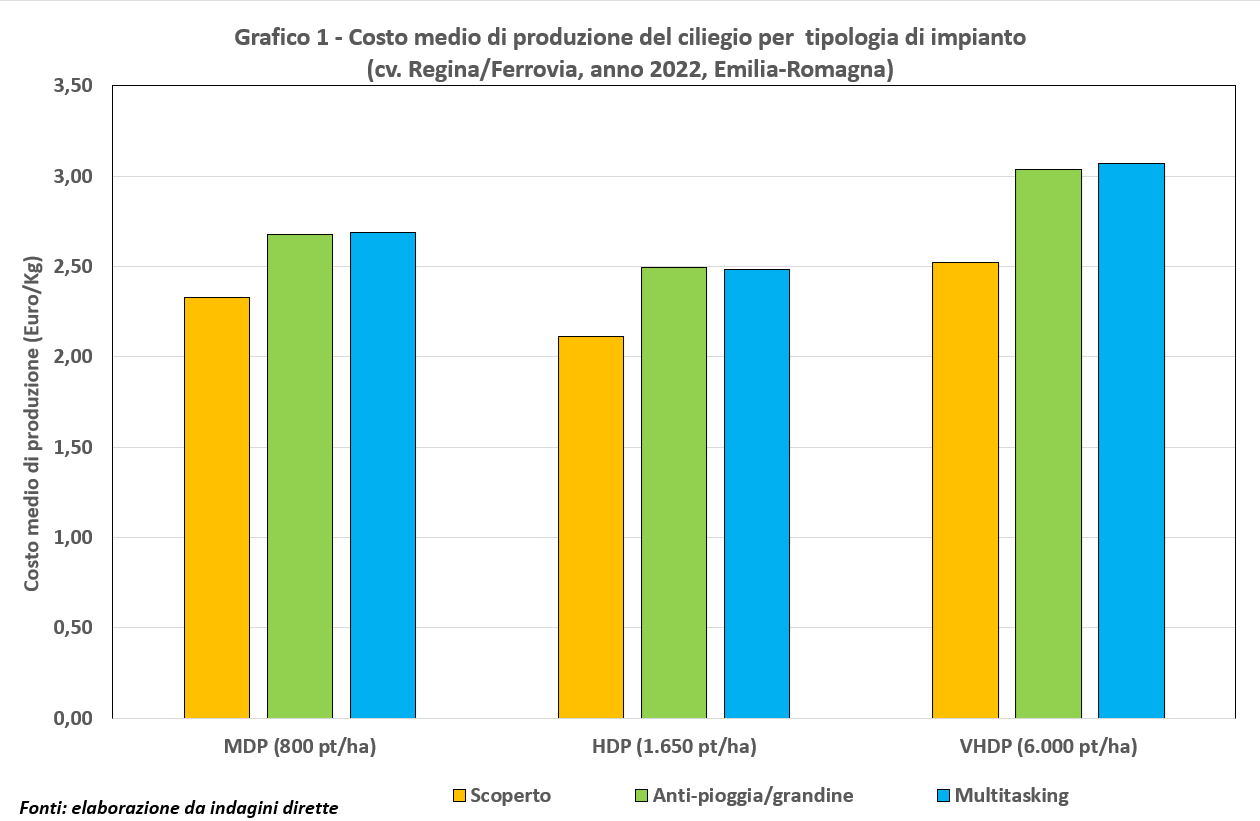Cherry grower Mike Omeg has tried many systems over the years. And after the last few years of economic difficulties, this winter he spent a lot of time reflecting on their pros and cons.
"One positive thing about four really difficult years is that it makes you focus on what you're doing," said Omeg, director of Orchard View Farms in The Dalles, Oregon.
So, during the annual meeting of the Washington State Tree Fruit Association, held in Yakima in December, Omeg rated each company on a mid-low scale based on attributes such as initial capital costs, the challenge of training operators, and fruit quality.
One thing he did not do at the conference was to choose a winner, earning some chuckles from the audience. "I left you with a bunch of questions, but that's because I don't know the answer yet," he said.
However, in a later interview with Good Fruit Grower, he identified a restaurant chain leader as one of his favorites.
Keep reading to learn more about this choice, but his favorite is not actually the lesson, Omeg said. After all the trials, errors, and calculations, he has come to believe that better execution is more important than the search for the best design.
"What really makes us profit is an old type of systems that we now cultivate better," he said.
The “boring” tasks of timely pruning, nutritional applications, and irrigation are more important than choosing an ideal system on a spreadsheet that does not always match reality."
 Image 1: The Steep Leader system consists of three or four vertical branches emerging from the base of the tree with horizontal support branches, developing a pyramidal shape. Source: OSU.
Image 1: The Steep Leader system consists of three or four vertical branches emerging from the base of the tree with horizontal support branches, developing a pyramidal shape. Source: OSU.
Self-assessment
Omeg points the finger at himself. When Good Fruit Grower interviewed him for the "Grower of the Year 2017" award, he was standing on about 40 acres of Ebony Pearl and Burgundy Pearl, newly planted, in high density and bi-axis on Krymsk rootstocks, formally trained on trellises so tall and sturdy that neighbors joked they could probably be seen from space.
On paper and in photos, everything looked perfect.
But it required labor two to three times higher than expected, with crews making multiple passes to maintain training and pruning consistently. And if his crews finished only two-thirds of the work, it cost much more than a third that they completed later in the season.
"This is where the nice, clean spreadsheet that tells you you're going to get rich starts to collapse," he said.
Other things his spreadsheet didn't tell him:
- Ebony Pearl did not fit well into the system and produced less consistently, leading to more expensive management.
- Labor costs have increased by 20% or more since then.
- Cherry prices have not increased enough to cover the extra expenses.
- Materials, tree costs, and interest rates are higher today, making replanting even more expensive.
A simpler system does not solve these problems, but it makes them easier to manage from a financial perspective because they didn’t cost as much.
About the "Steep Leader"
In a slide he didn’t show at the annual meeting due to time constraints, Omeg called steep leader “the best system in an imperfect world.”
On his plots, the steep leader is characterized by multiple leaders trained vertically so that the independent tree can be pruned into a “Christmas tree” shape to ensure even light distribution to the lower branches. He has a few hundred acres of many varieties planted 14 by 6 in a steep leader system.
Omeg has found that management requires fewer passes, with no tying, no tipping, and no limb selection during the growing season. He also noted that it is more tolerant to heat and rain, after comparing adjacent blocks following windstorms and heat waves.
He admitted that winter pruning is more complex, recalling the days when this job required art and science. But good supervisors can teach it just as good piano instructors can teach complex music.
He admits this required humility. At first, he had invested a lot of capital in his bi-axis system. Many of his colleagues proved to be a tough audience when he told them that the system was struggling financially.
“They remember digging the rocks out of that orchard,” he said.
The block can still bear fruit. The teams improve each year in management, proving his point. “We need to manage at a high level what we already have,” he said.
 Image 2: The Kym Green Bush creates a fully pedestrian orchard, where harvesting can be done without ladders or platforms. Source: OSU.
Image 2: The Kym Green Bush creates a fully pedestrian orchard, where harvesting can be done without ladders or platforms. Source: OSU.
Practical and Logical
Matt Whiting, a cherry physiologist at Washington State University, sees the logic in Omeg’s ideas and noted that other growers are following his lead, shifting toward methods that require less labor.
“Many farmers are managing their operations the way Mike Omeg describes,” he said.
He hasn’t heard of anyone eliminating blocks because of this revelation, nor does he recommend it. He sees growers making small changes, allowing laterals to choose their own growth direction with less tying.
Some growers still want the stability of trellises, despite the costs. During a brief orchard tour that was part of the same conference session, Dave Allan of Allan Bros. said that strong tying helps prevent wind damage in his Sweetheart block in Naches, Washington.
Whiting stated that the steep trellis system has been the preferred system in Washington for decades. He usually sees it with three leaders, which growers manage by renewing the laterals over time, back to each leader, as if it were an independent tree.
Typically, these laterals naturally bend toward the sunlight, and growers let them be, though occasionally they insert support wood into a cavity or tie the branches together to force a wider angle.
It works, as does Omeg’s practical philosophy of improving what you already have, Whiting said. But only to a certain extent. He would never recommend returning to Bing trees spaced 6 meters apart with a tangle of internal branches. Few growers would listen if he did.
Omeg understood this as well. During his presentation, he showed the audience a 100-year-old photo of a massive, bushy Royal Ann tree in the Willamette Valley. According to his research, it produced a ton of cherries on its own.
“You don’t make money that way,” Omeg said.
Source: Good Fruit Grower
Images: Sl Fruit Service; OSU
Ross Courtney
Good Fruit Grower
Cherry Times - All rights reserved














